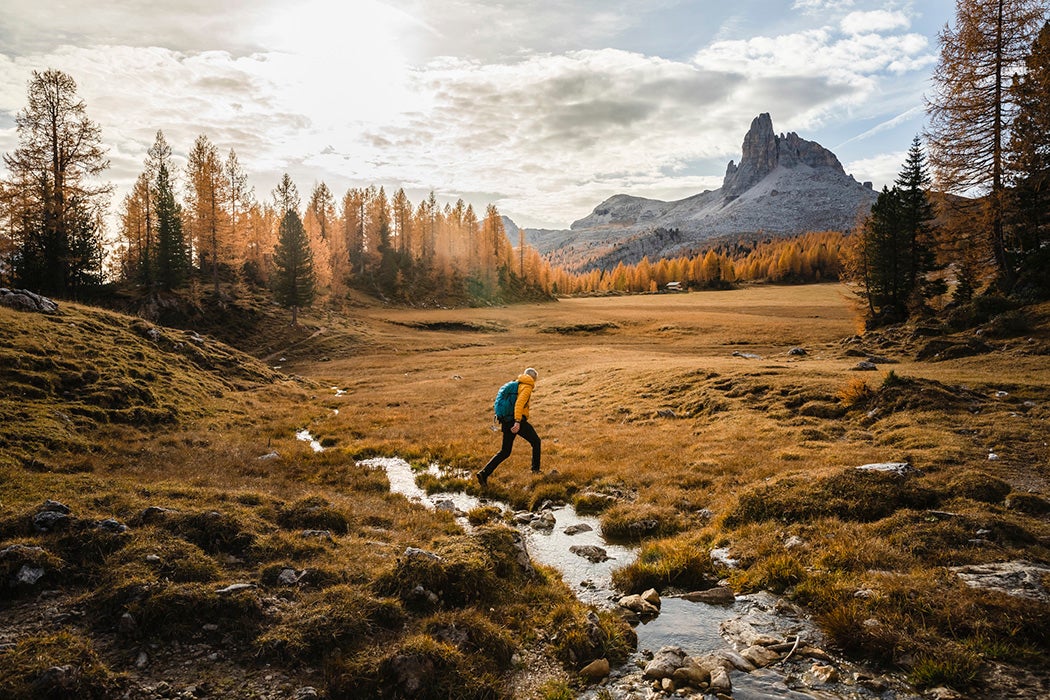Outdoor trails, and their misuse, can have a lasting impact on wildlife and ecosystems. In a study by Ross Martin and David R. Butler about off-trail trampling, or the creation of informal trails, researchers found that those extra steps can cause long term impacts to vegetation and soils.
Formal trails are designed, built, and maintained by the land managers. However, sometimes formal trails do not provide access to a desirable location, and informal trails are created by the trail user. Informal trails exist in a range of conditions, from a path of broken vegetation created by the trampling effects of one person to a highly eroded trail.
As participation in outdoor recreation increased by 12% at the time of this study (pre-COVID) and is predicted to continue to increase, responsible recreation becomes increasingly important as well.
The Martin & Butler study focused on trails in mountainous environments, because they are considered uniquely biodiverse due to their elevational gradient. Referred to as “islands in the sky” by the authors, mountains are home to some plant species or microorganisms that thrive in these unique conditions. Furthermore, the weather conditions vary by altitude, and can create unique habitats.
First, the researchers wanted to define informal trails, in contrast with formally built and maintained trails. Their literature search found that informal trails tended to be steeper and cross through more rugged terrain. Motivation can vary to create and follow these trails: to access a remote area, to create a shortcut, or even by accident.
Accidental or not, these steeper trails often lead to long-term damage. To assess the full impact that wandering off trail can have, the authors conducted a qualitative literature review, looking for papers that specifically analyzed impacts on soil and vegetation in mountain or sub-alpine conditions.
Trampling can break plants or decrease plant cover, but repeated over time it can also lead to decreased biodiversity: exact effects vary by plant type, with grasses being the most resistant to damage, and shrubs being the least.
Summits and the cols, the low ridges between peaks, are most affected by informal trails because there is naturally less soil there than other areas. In some studies, trampling over time led to less porosity and more hardened soil. These conditions can lead to water loss and impact the nutrient ratio in the soil, which in turn can lead to erosion and impact plant growth over time.
Weekly Newsletter
The mechanisms of trampling can also affect the severity of the impact. Horses have the greatest impact, followed by bikes and feet. How a party travels impacts the environment too—walking side by side creates a wider trail, while repeated single-file use can compact soil quicker.
“The dichotomy of informal and formal trails holds little meaning,” concludes the authors, “The primary difference is that the formation process of informal trails is unlikely to consider environmental conditions.” The takeaway? Leave no trace, and stay on trail.
Support JSTOR Daily! Join our new membership program on Patreon today.







